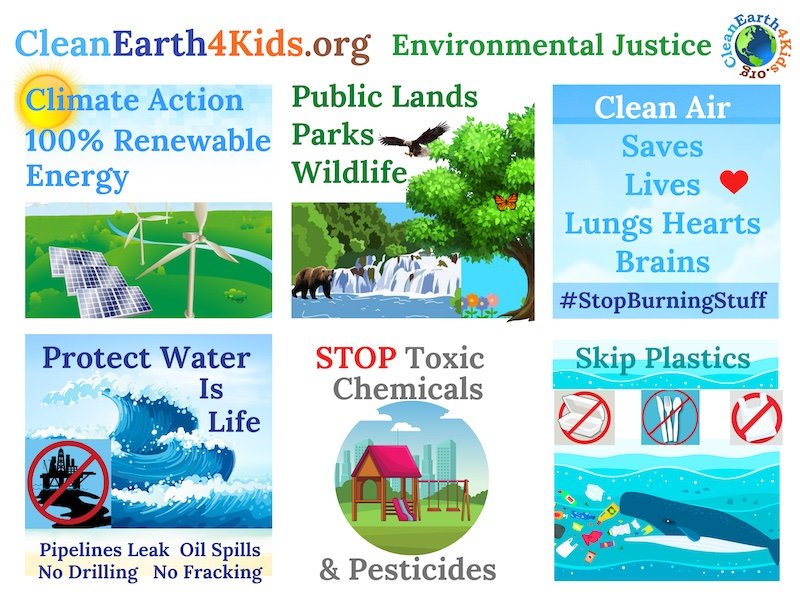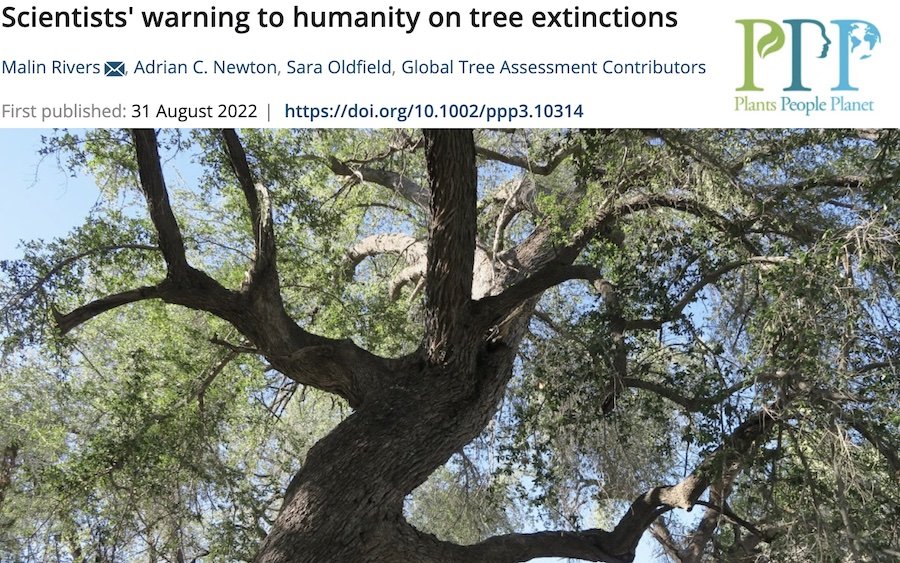Team 2: Wildlife, Public Lands & Parks
#PreserveAndProtectNature
*Click on Links Below:
*Wildlife
*Trees
*Plants, Pollinators & Organic Gardens
*Team 5: Stop Toxic Pesticides & Chemicals
*Actions You Can Take
*Bills to Support
Public Lands
What are public lands? Land held in trust for the American people by the federal government.
“Pesticide spraying in or around wildlife refuges threatens the survivability and recovery of species that inhabit the area.” “These pesticides include dicamba, 2,4-D, glyphosate, and paraquat, which are highly toxic to fish, amphibians, crustaceans, and other animals—causing everything from birth and reproductive defects to cancer.”
30 x 30 Project
Biden administration has set a goal to conserve 30% of the nation’s lands and waters by 2030.
In the US, we develop an area the size of a football field every 30 seconds. This national and global problem is causing mass extinction of animals, plants and insects. Right now, only an estimated 15% of the world’s land and 7% of the ocean are protected.
Wildlife
Trees
In San Diego, Orange, Imperial Counties, contact
Lynn Short
Department of Forestry and Fire Protection
(619) 937-1410
Lynnette.Short@fire.ca.gov
You can also contact:
USFS Center for Urban Forest Research
Urban Forestry Ecosystem Institute
California ReLeaf
California Urban Forest Council
Carbon Sequestration
Carbon sequestration is the capture and long-term storage of carbon dioxide (CO2).
CO2 is a greenhouse gas and is a major cause of climate change. Trees, seaweed (like kelp) and the ocean all sequester carbon.
Tree RESOURCES
Arbor Day Foundation - Carly’s Kids Corner
How to Erase 100 years of carbon Emissions? Plant Trees…Lots of Them
Map Forest Restoration Potential
Plant More Trees—Young Forests Use Carbon Most Effectively
10 Carbon-Storing Trees and How to Plant Them
Click on Links Below:
*Wildlife
*Trees
*Plants, Pollinators & Organic Gardens





























